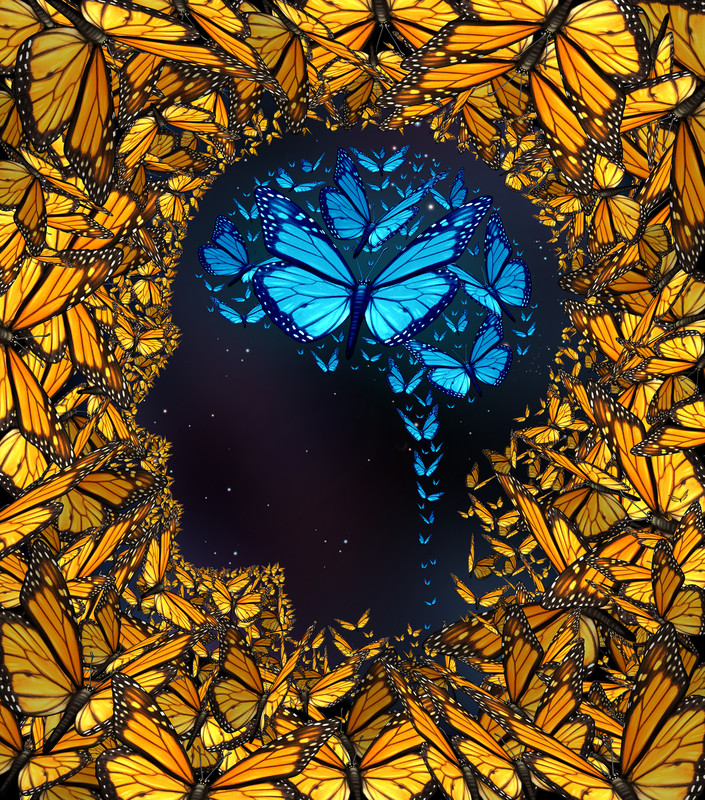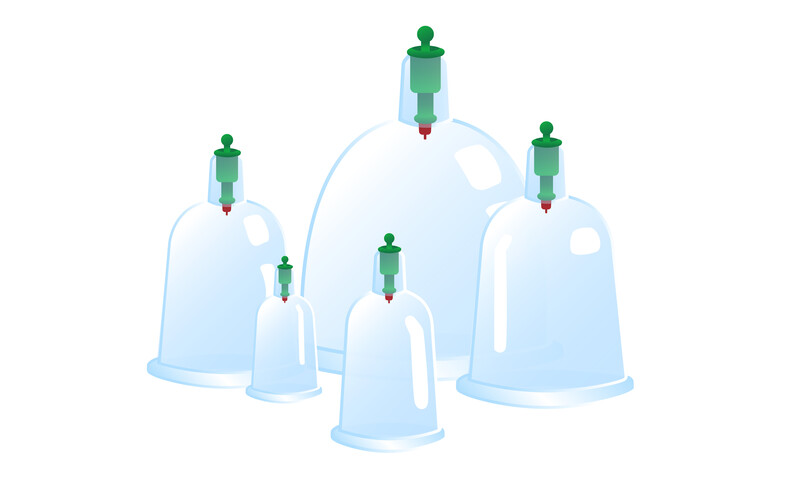
Every person who suffers from chronic pain should have a list of tools that they can use to help manage it. There are many tools out there that they can add to their list, with one of them being guided imagery. While it’s not a term most people are familiar with it, it is something that many of us have used before we even realized what it was called.
Parents use guided imagery, often telling their children who have difficulty falling asleep or who are afraid of being in the dark to think of something they love, like playing at the beach. This is, in its simplest form, guided imagery, where they are using those images to remove the fear and stress they are feeling and replace it with a sense of calm and healing.
In the December 2015 issue of the journal Clinical Journal of Oncology Nursing, researchers report that guided imagery with relaxation is a mind-body therapy that has shown promising results in reducing chronic pain (1). In another study in the May 2015 issue of the journal of FP Essentials, they report that nonpharmacological therapies have become a vital part of managing chronic pain, and that guided imagery is one of the most effective noninvasive treatment modalities (2).
The evidence is there to suggest that those with chronic pain may find some relief by adding guided imagery to their list of options. The good news is that it is also a therapy that is free, doesn’t take much time to do, and can be done most places. To engage in guided imagery, follow these steps:
- Find a place that is quiet where you can be undisturbed for about 10-20 minutes
- Sit comfortably and close your eyes
- Take a couple of deep breaths to relax and become focused
- Spend the time focusing on images that bring about relaxation and healing
You can think of images that focus on color, symbols, or that are scenic. For example, you may want to imagine an ice cube soothing the painful areas, going away the longer that it is there. Or you may find that focusing on a relaxing beach image of you in a hammock helps to bring about calm and healing. When my wife was in labor, I taught her to focus on breathing in cool, blue-colored vapor which would “soak up” the pain. The vapor would then change to red, and she could breathe out the red vapor, which contained her pain. She found it very helpful.
With guided imagery, it’s important to find those images that will help you visually reduce the pain in your body, or that bring about a relaxing and healing feeling. You can also use guided imagery when you are in bed, if you are having a difficult time sleeping because of pain. Guided imagery is one more tool that we can use in helping to manage chronic pain and bring about relief.
Sources:
- Clinical Journal of Oncology Nursing. 2015 Dec 1;19(6):649-52. doi: 10.1188/15.CJON.649-652.
- FP Essentials. 2015 May;432:21-6.







